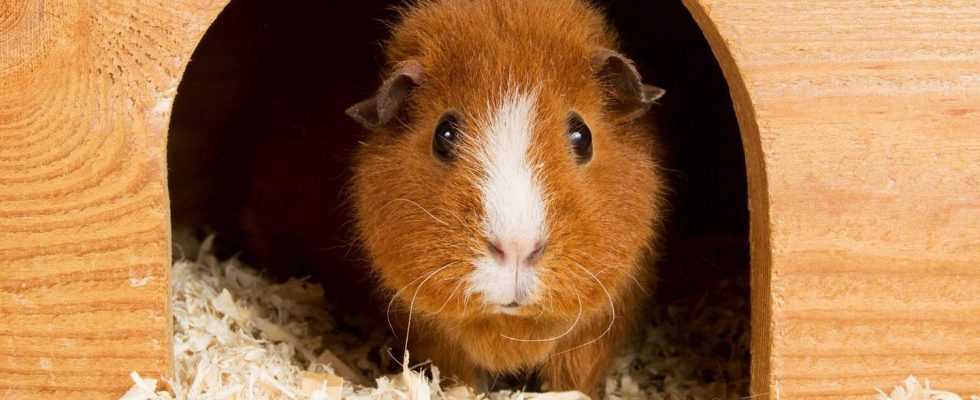A pet is an asset to many people. Singles know how nice it is when the dog, the cat or the two inseparable budgerigars are waiting at home. Children learn to take responsibility with a four-legged friend. And after all, it’s a good feeling when you give a shelter animal a nice home, for example.
According to the online platform Statista, more than 34 million pets lived in Germany last year. Almost every second household has a pet – according to the statisticians, this includes the classic domesticated species such as dogs or cats, but also birds and exotic species such as snakes and spiders. Cats were the most common pets at 16.7 million. After that, dogs follow at some distance.
But how are these animals doing? Some probably worse than you think. This also applies to the well-loved cat, which illustrates the debate that has been going on among cat lovers for decades: outdoor cats or just house cats?
Both sides have good arguments: Keeping them indoors poses fewer risks for the animal than roaming freely outside, it is said on the one hand. On the other hand, outdoor advocates note that if a cat can’t go outside, it gets bored. Sleeping too long is not a sign of comfort, but means that the indoor cat is frustrated and wants to kill time somehow.
With cats and dogs it is often not so easy to tell whether they are happy. It can be much more difficult with snakes or with the literally dumb fish.
Animal Welfare Act regulates many aspects of dealing with a pet
Many forms of keeping pets are not explicitly prohibited, such as keeping rabbits individually. However, the Animal Welfare Act states, among other things, that animals must be housed and fed in a way that is appropriate to their species. Their freedom of movement must not be restricted to such an extent that they suffer.
For some forms of animal husbandry, the following therefore applies: It is torture for the living being, which should actually feel comfortable in a household and is probably loved and valued by its owners. The photo series shows some examples, but is by no means complete.
Sources: extra, Laws on the Internet: Animal Welfare Act“rabbit meadow.de“, “Focus.de“, German Animal Welfare Association, Federal Ministry of Food and Agriculture

